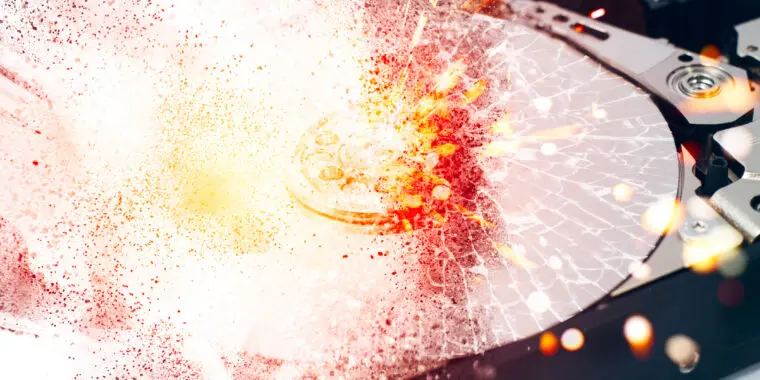My father told me he wanted to make USB flash drives of all the scanned and digitized family photos and other assorted letters and mementos. He planned to distribute them to all family members hoping that at least one set would survive. When I explained that they ought to be recipes to new media every N number of years or risk deteriorating or becoming unreadable (like a floppy disk when you have no floppy drive), he was genuinely shocked. He lost interest in the project that he’d thought was so bullet proof.



Yeah, but the link in the article, strict checks and no data loss over 52 weeks. Not neccessarily in USB sticks though. And sure, backups.
That number is a single manufacturer’s performance target. It is not a guarantee of results. You might be able to get Intel to replace an SSD if it corrupts data in under 52 weeks (assuming you notice it) but your data will still be gone.
Hardware performance can and does vary by manufacturer, model, and production run. Even the nominally identical cores within a single CPU have slightly different operating limits. YMMV.
Note also: the 52 week target you quoted is halved for every 5° rise in temperature.